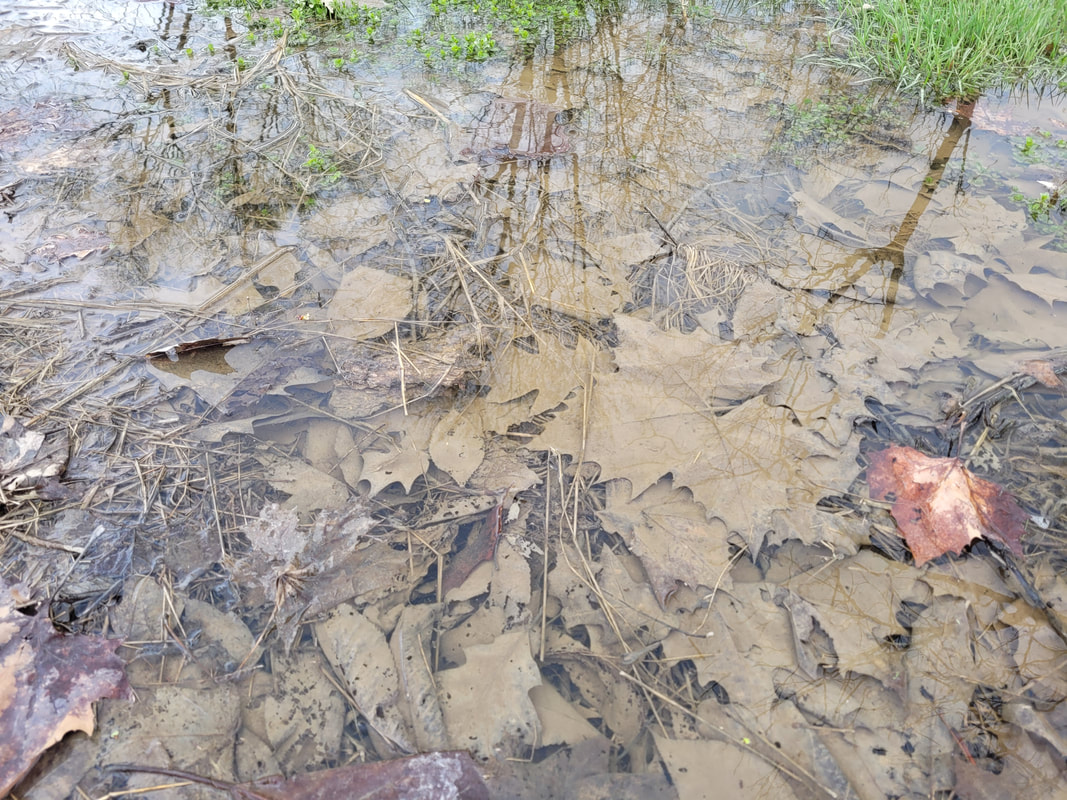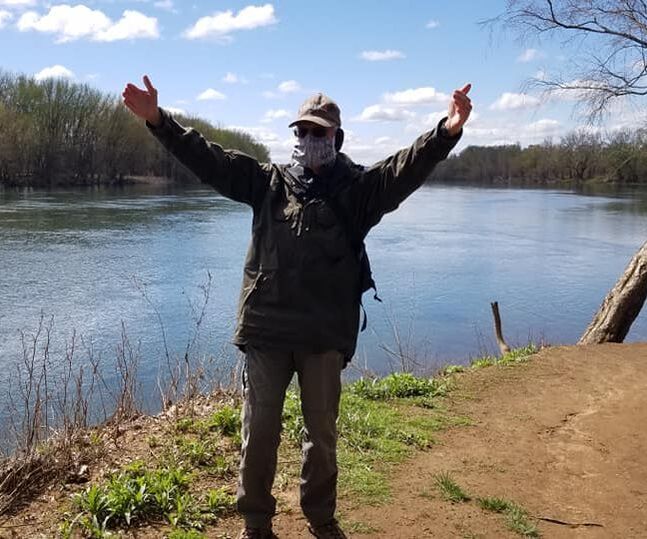|
Averaging just an inch in length and four grams in weight, the spring peeper’s annual heralding of the spring season depends much more on sound than sight. “For such a tiny tree frog, their high-pitched voices can carry up to a half-mile,” said Jon Beam, a master naturalist and outdoor educator at the Montour Preserve and vice president of the Montour Area Recreation Commission. Not only does their call provide an important seasonal rite of passage, but provides a distinct audio reminder of the importance of vernal pools within our local ecosystems.
0 Comments
Leave a Reply. |
AuthorsRiverkeeper John Zaktansky is an award-winning journalist and avid promoter of the outdoors who loves camping, kayaking, fishing and hunting with the family. Archives
April 2024
Topics |


 RSS Feed
RSS Feed